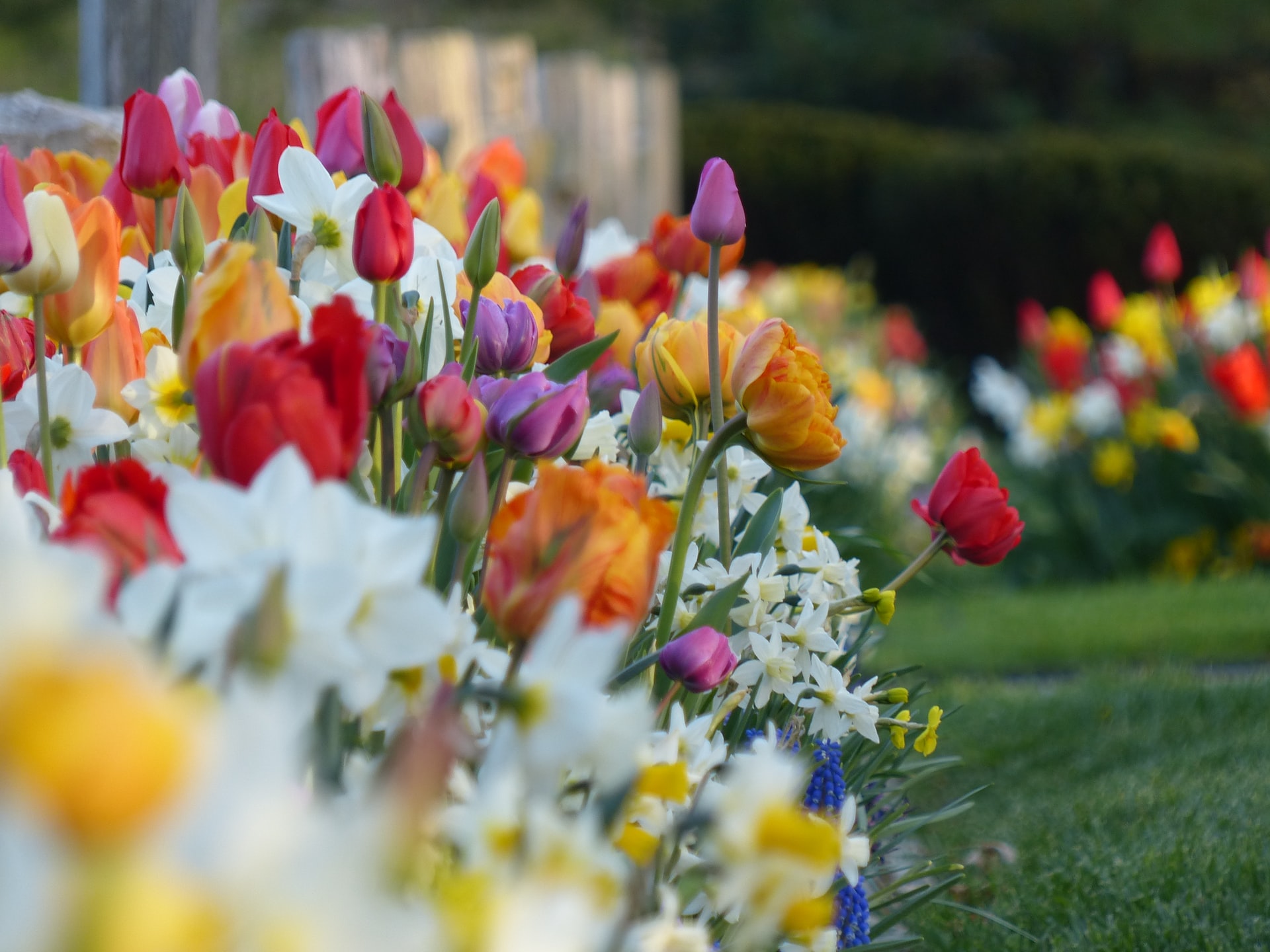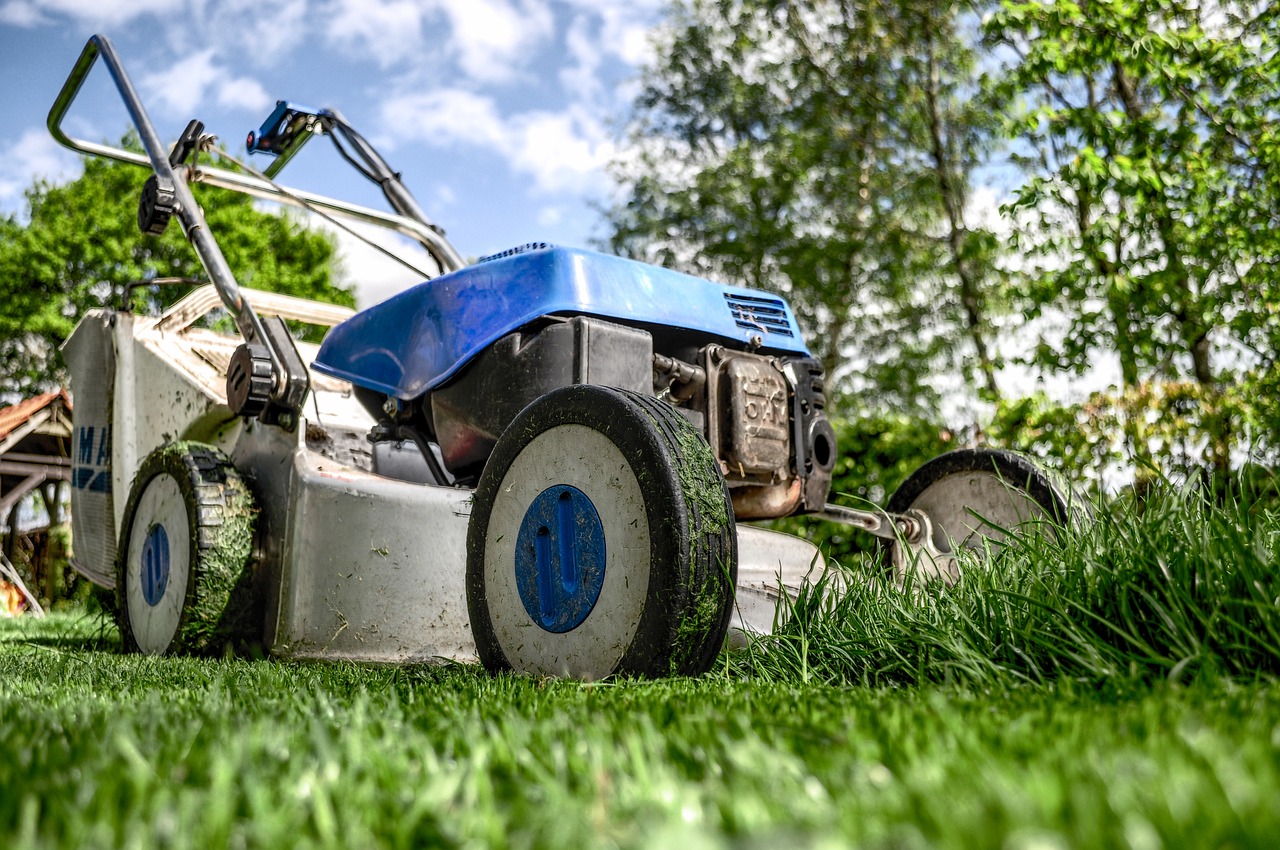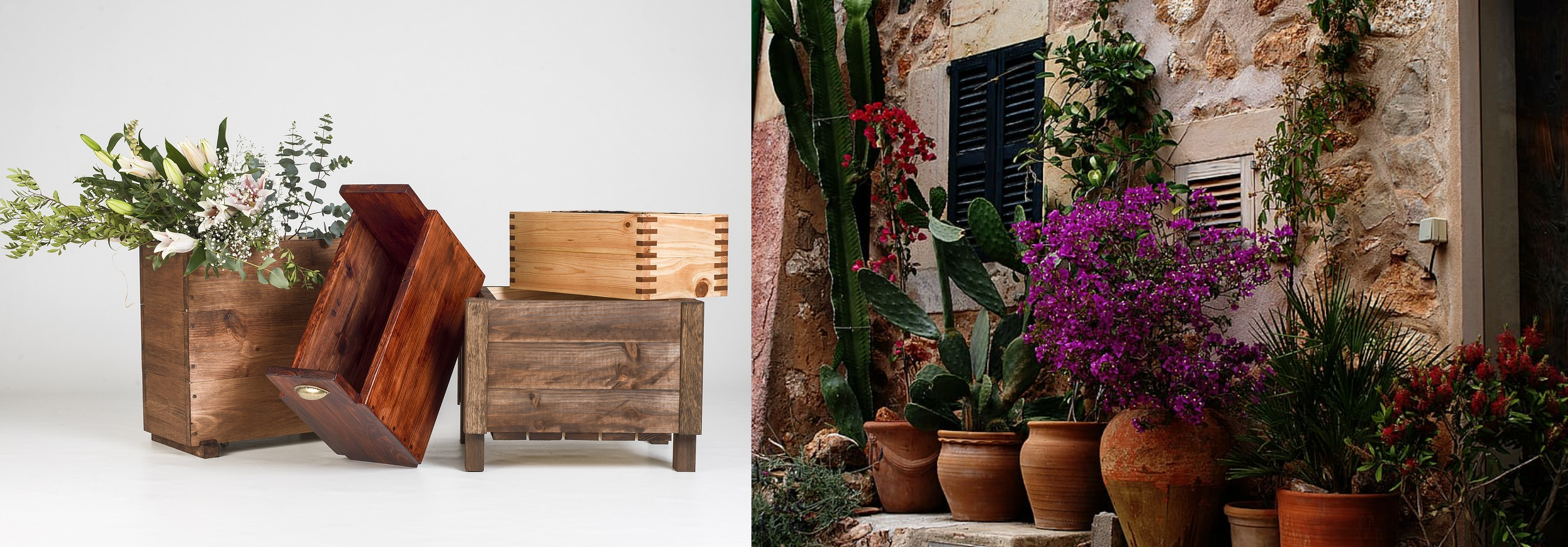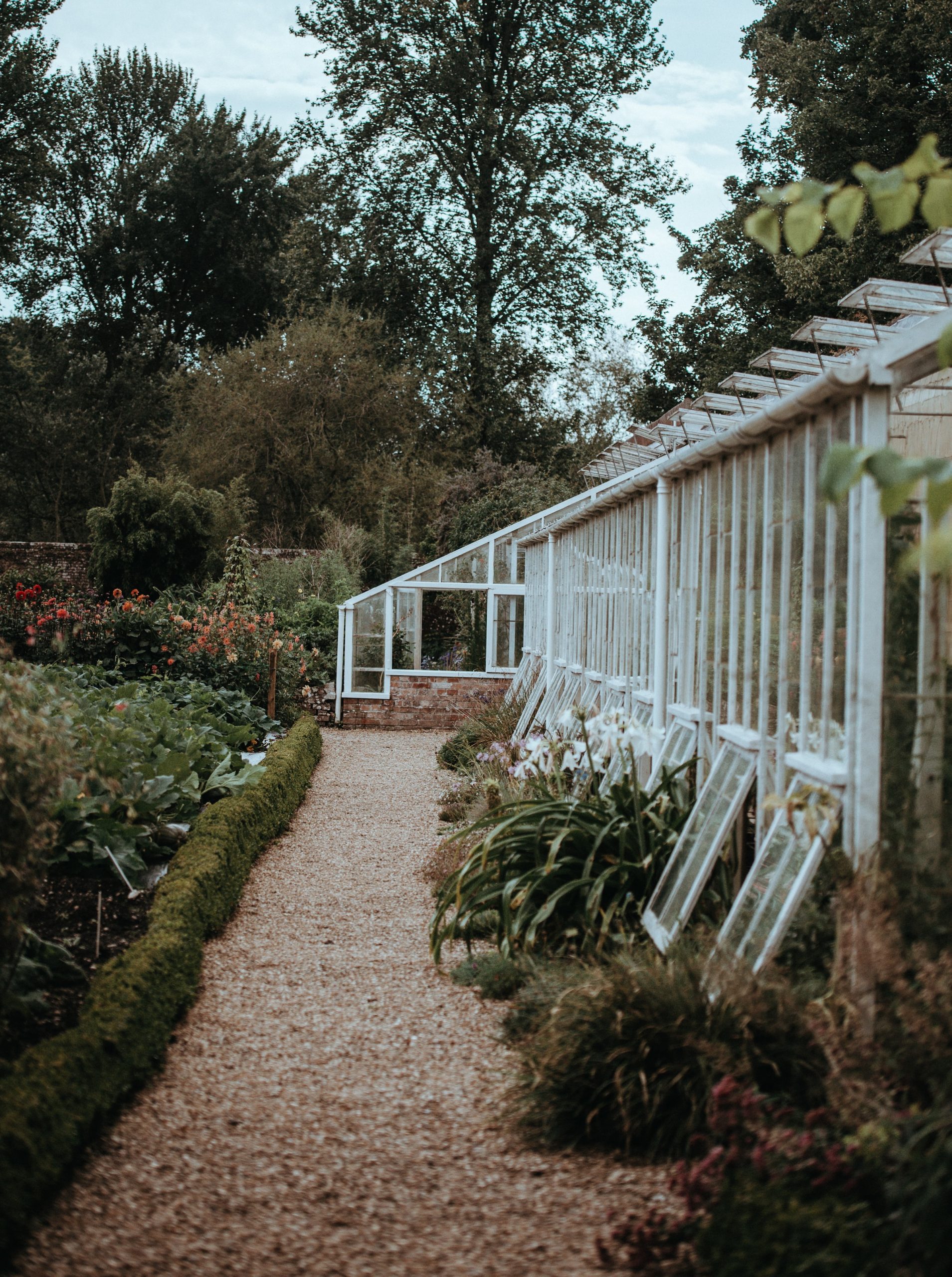Gardening can be as complicated or as simple as you want it to be. However, gardening doesn’t have to be for food and sustainability; if you are anything like my mom and me, then you plant for aesthetics and relaxation.
If you love aesthetics and garden relation like me, then you might take a look at ornamental plants. There are a lot of plants out there that most of us don’t know much about, and some that are still left for us to discover. Ever heard of ornamental plants but don’t know what they are exactly? Read this article.
General information about ornamental plants
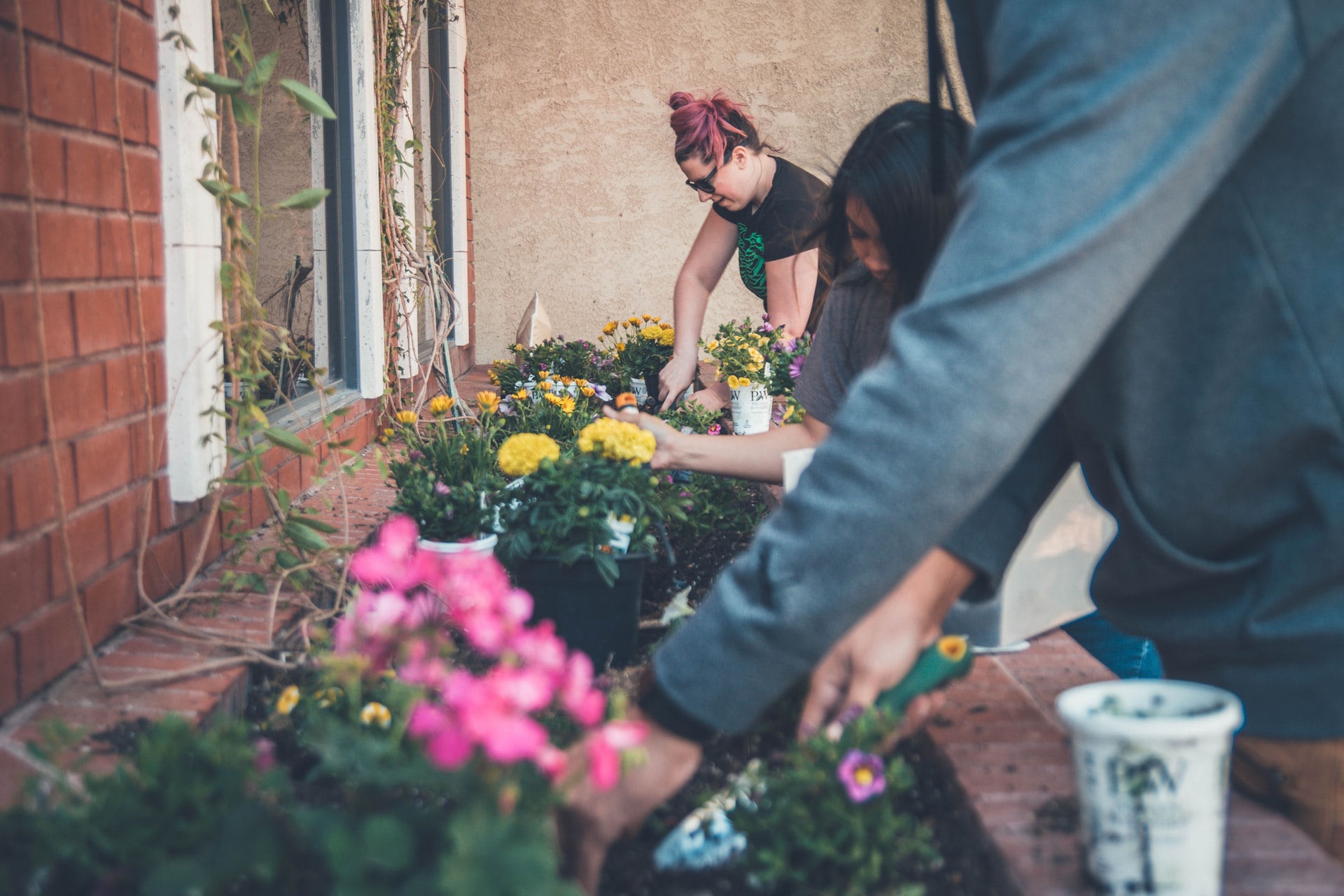
Ornamental plants are used to beautify gardens. They can be grown both indoors and outdoors. Also, they can be planted in a pot or directly in the ground.
Used for decorative purposes, ornamental plants are distinguished from other plants by their unusual appearance. Indeed, their leaves, flowers, stems, and bark are very particular, which allows them to decorate a space well.
Growing ornamental plants: rules to follow
Growing ornamental plants in a pot is not the same as growing them in the ground.
Ornamental plants are grown in a pot.
They require specific maintenance to survive and need special attention. Watch the temperature, humidity, and their exposure to light.
Generally speaking, plant maintenance consists of watering, replanting, fertilizing, pruning, trimming, and pest control. The products you use to eliminate them must not be toxic so as not to harm your health, that of your pets, and that of the plants themselves.
In addition, you must adopt a recovery method to ensure the drainage of the ornamental plants. You can use a non-woven fabric as a filter material.
Ornamental plants are grown in soil.
There are many steps to follow when growing in soil. The first is to choose the location where you will grow your ornamental plants. It should be chosen according to wind direction, sun exposure, soil type, and soil moisture. The second step is to prepare the soil. In order for it to be fertile, its composition must be adjusted by means of fertilizers or inputs. Don’t forget to carry out drainage work if necessary to avoid water stagnation.
Apart from that, you must eradicate weeds, water the plants, and give them the care they need. Indeed, ornamental plants can be invaded by pests.
Regular pruning is also necessary to maintain the aesthetic appearance of your ornamental plants. Be aware that some species require cuttings.
Good to know: if you live in a cool climate, you should put frosty plants in a greenhouse during the winter. On the other hand, ombrophilous ornamental plants should be protected from the sun during the summer. Finally, drought-loving plants should be kept out of the rain.
List of the most popular ornamental plants
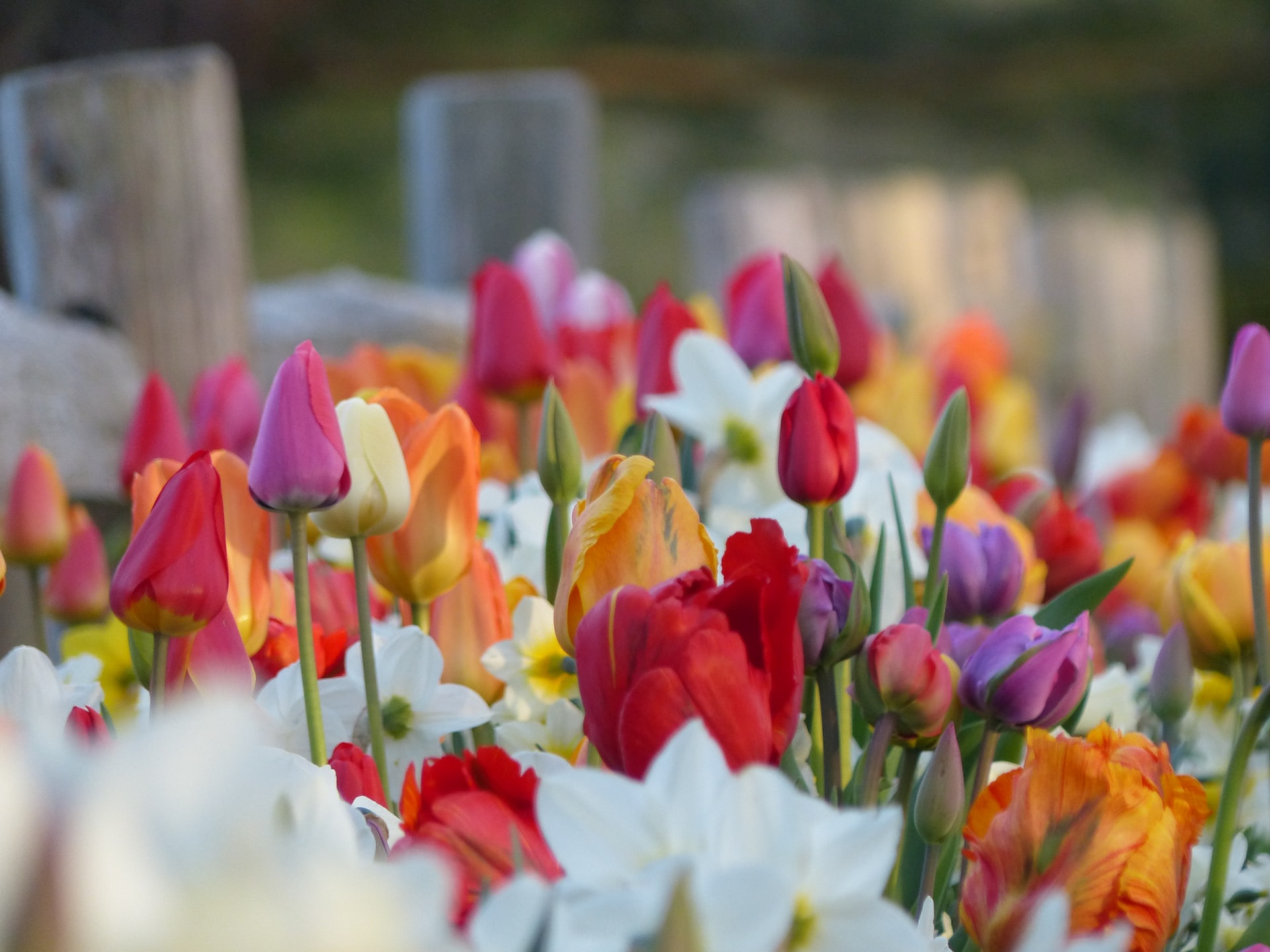
Here is a non-exhaustive list of the most popular ornamental plants. They are classified according to their species:
Trees in rows: ash, plane tree, black poplar, plane tree;
Trees and shrubs for hedges: boxwood, honeysuckle, Lawson cypress, Elaeagnus, yew, holly, cherry laurel, red cedar, privet;
Ornamental conifers: Araucanian, Himalayan cedar, cryptomeria, bald cypress, Douglas fir, common spruce, juniper, European larch, maritime pine, Scots pine, silver fir, redwood;
Ornamental deciduous trees: white poplar, Japanese false varnish, common birch, Japanese chestnut, Tauzin oak, Japanese cherry, Judas tree, handkerchief tree, American palm, field maple, eucalyptus, hickory, American walnut, common elm, jacaranda;
Ornamental palms: Chilean coconut, Canary palm, Washingtonia, Chinese palm, palmetto, date palm;
Ornamental shrubs: Japanese andromeda, abelia, silver bell trees, azalea, Bluebeard, bamboo, sweet wood, cottonwood, Japanese coretea, fusain, Spanish broom, hibiscus, Rouen lilac, jasmine, laurel, silver mimosa, blackthorn.
Sound off in the comments section below and tell us if you want to read more about ornamental plants.
